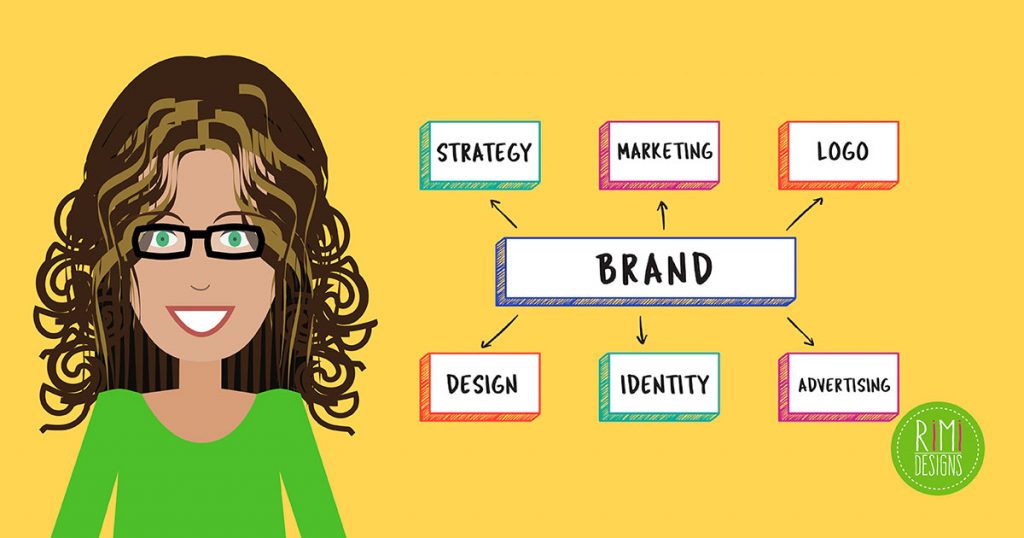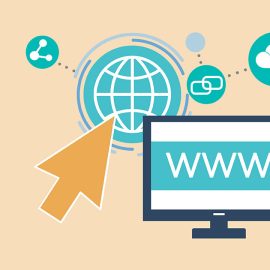
Branding: What Is It and Why You Need It
What is branding, anyway? How is it different from your logo? What about your identity? And how does that all differ from marketing?
With so many terms being used interchangeably these days, a little branding refresher might come in handy.
Your brand lives in hearts and minds
In a nutshell, your brand is the set of perceptions people have about your company. A brand is not something you can create, nor can your designer. Rather, it’s an emotional expression of your value that your audience creates. It lives in people’s hearts and minds.
So branding is the process of developing and influencing positive perceptions to help your business succeed. It encompasses all the things that make your brand, from customer service to stationery.
In order for branding to work, you need to be clear and consistent about the characteristics that define who you are. What values do you operate by? What vision for the future makes you proud? If your company was a person, how would you characterise its personality?
Own these unique elements. Let them seep into all that you do. They’ll guide your communications and help you build memorability, trust and loyalty.
Why you need branding
With new products and services popping up faster than ever, you really can’t afford not to do branding. Here are three ways it will help you succeed.
1. Stand out from the competition
If you’re hankering for a cola, do you reach for a Coca Cola, Pepsi or the generic store version? You may choose Coke, based on the perception that it’s the original cola – ‘the real thing’. Or perhaps the all-familiar red and white design makes you think of fun, freedom and backyard barbecues.
When customers have several choices, branding helps them make a decision.
2. Increase the value of your offering
There’s a reason people are willing to pay 75% more for that Coke than a generic version. Branding elevates your offering from a commodity to a unique product, allowing you to charge a premium.
3. Create a human connection with your audience
The art of storytelling lets you engage with customers on an emotional level. Coca Cola’s innovative ad campaigns, for example, have told countless stories over the decades that ultimately revolve around celebrating everyday life. It’s a theme that can be both nostalgic and current. More importantly, it’s one that everyone around the world can relate to.
Sure, Coca Cola may have a $4 billion marketing budget, a logo that’s recognised by 94% of the world and a brand that’s been around since 1892. But companies of all sizes can enjoy the same benefits of branding.
Design communicates your brand
Once your brand vision is clear, design translates the core concepts into communication materials.
First, your logo. Public contact number one. Your logo is the visual representation of everything your brand stands for and serves to quickly identify your company through symbols, marks, colours and words. It’s the face of your brand, but the heart of your identity.
Your identity is the set of assets that make your company recognisable, including your logo, name, colours, fonts, primary messages and marketing materials. This visual system plays a big part in how your audience perceives your brand across various mediums.
Marketing promotes your brand
You’ll never be able to take full control of your brand, but things like advertising and PR can go a long way in generating positive associations in people’s hearts and minds. Marketing is your tactical strategy for promoting your strategic brand.
Though there’s some overlap, branding, logo design, identity and marketing, each play a unique role and work together to form the way your company is perceived. If you’re a small business looking to brand yourself, relax! These things take time.
SOURCE: 99 Designs
Rimidesigns’ Business Starter Pack is designed to get you up and running as quickly as possible and is a great way to promote your business and services online. Includes: logo design, business card design and single page website.



